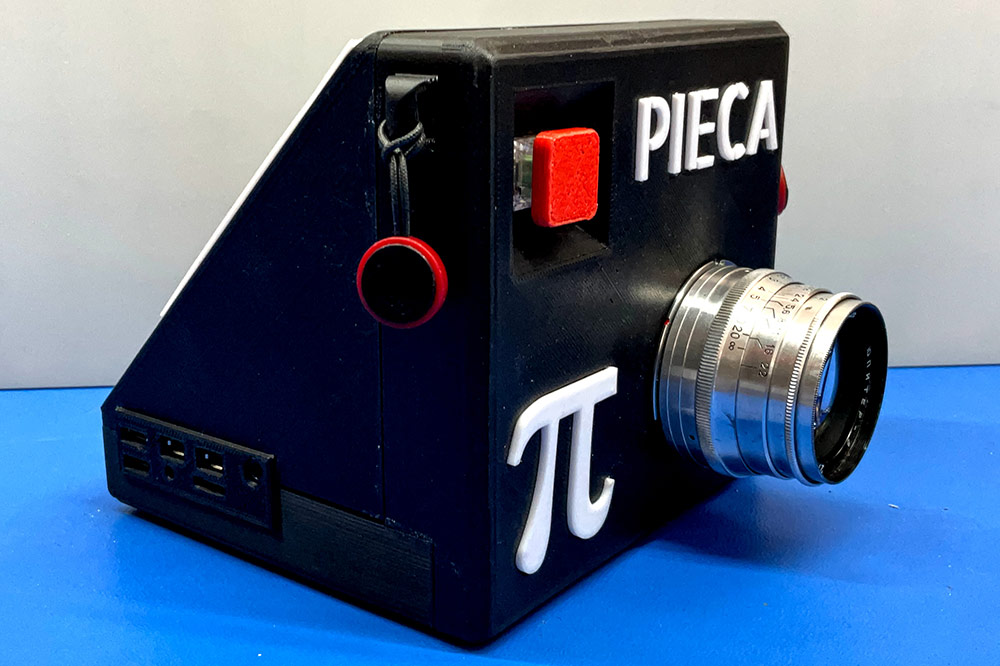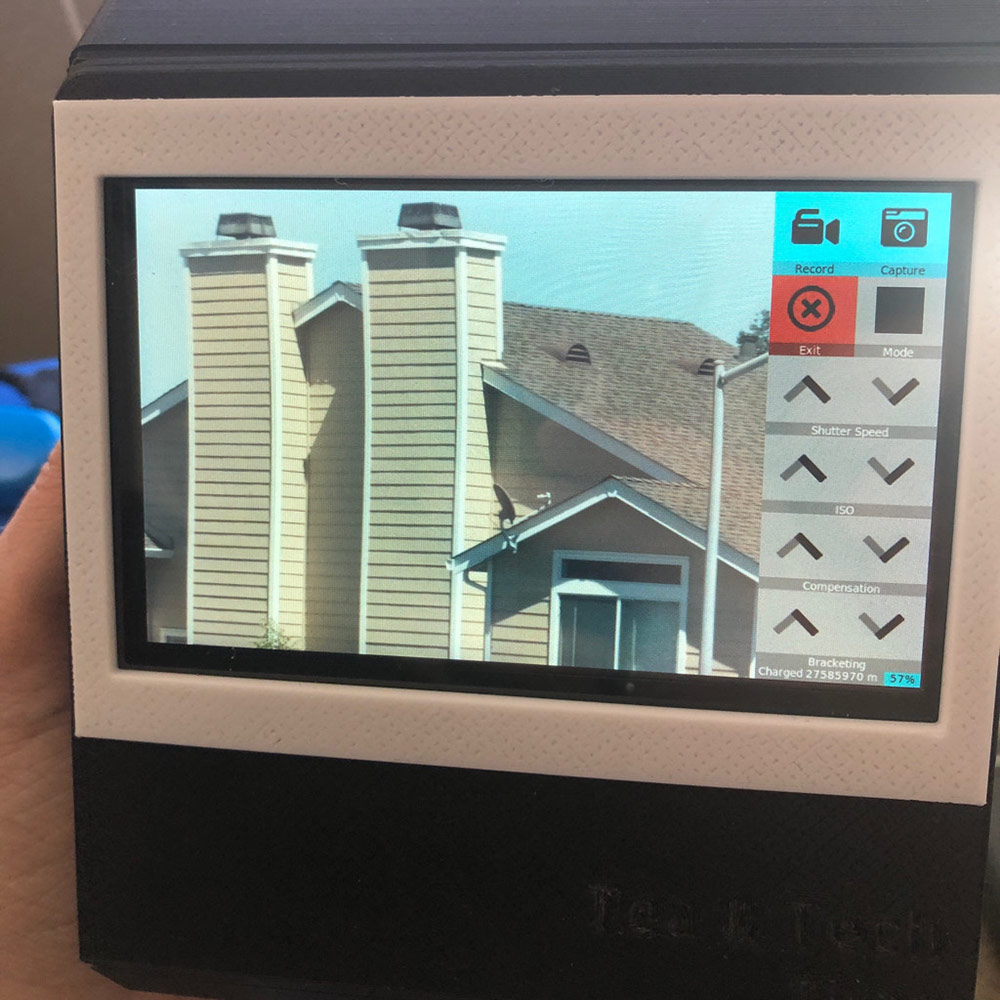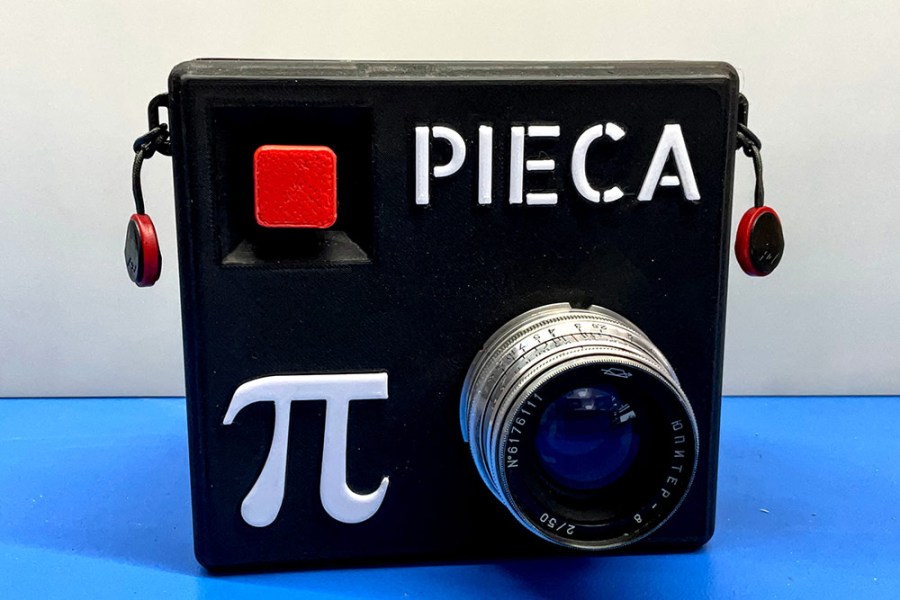YouTuber ‘Tea and Tech Time’ shows off the Pieca Project, a unique camera system combining a Raspberry Pi computer and Leica M lens mount.
The name Pieca Project may be a bit of a mouthful, but this custom camera project is seriously cool. A tech blogger and YouTuber known as Tea and Tech Time has designed and built his own digital camera that uses Leica M-mount lenses – and all the assets are available to anyone.
It’s a combination of a Raspberry Pi single-board computer – hence the name, ‘Pieca Project’. The design evokes the classic wedge shape of a Polaroid SX-70 instant film camera, and the colouring makes use of black, white and Leica red.

The wedge shape of the camera is a hat-tip to Polaroid. Photo credit: Tom Schucker / Tea and Tech Time.
On his blog, Tea and Tech Time (real name Tom Schucker) said, ‘This camera project is a culmination of countless hours of learning to code in various languages, design 3D parts, print them successfully, build basic electronic circuits, use optical elements, and solve complex problems in general.’
All that work paid off, as the camera is capable of shooting images adn even video with some of the best lenses in the business. It records media to a removable USB drive, and even has a 1/4-inch tripod screw mount.
You can watch the full video below to see the Pieca Project camera in action.
One of the most interesting challenges in making the camera was dealing with the significant crop factor. The Pieca Project camera uses quite a small sensor, to the point where a 50mm Leica M lens mounted on the camera would incur a significant 5.5x crop factor, transforming it into an effective 275mm lens. This would curtail its usefulness in quite a few shooting scenarios. ‘There’s no way I can use that for street photography,’ Schucker says in the video.
The solution? Inserting a focal reducing lens in between the sensor and the lens mount. Focal length reducers are quite common in the likes of deep-space telescopes, and are also used in Metabones speed boosters. What they do is shorten the distance between the lens mount and the image plane, effectively reversing the crop factor – and the one in the Pieca Project camera is the lens from a simple, common magnifying glass.

The Raspberry Pi computer in the camera runs Windows, and has its own bespoke image-capture software. Photo credit: Tom Shucker / Tea and Tech Time.
You can’t buy the Pieca Project camera, but should you have access to the materials and equipment required, all the software and 3D printing files are freely available online. Read Tom Schucker’s full blog to learn more about how the project came together, and check out our guide to 20 money-saving DIY photography hacks for more ingenious creative projects.
Further reading
What is pixel binning? Smartphone sensor technology explained.
Guide to fine art photography: how to do it.
Pixels vs noise: are bigger pixels better?







